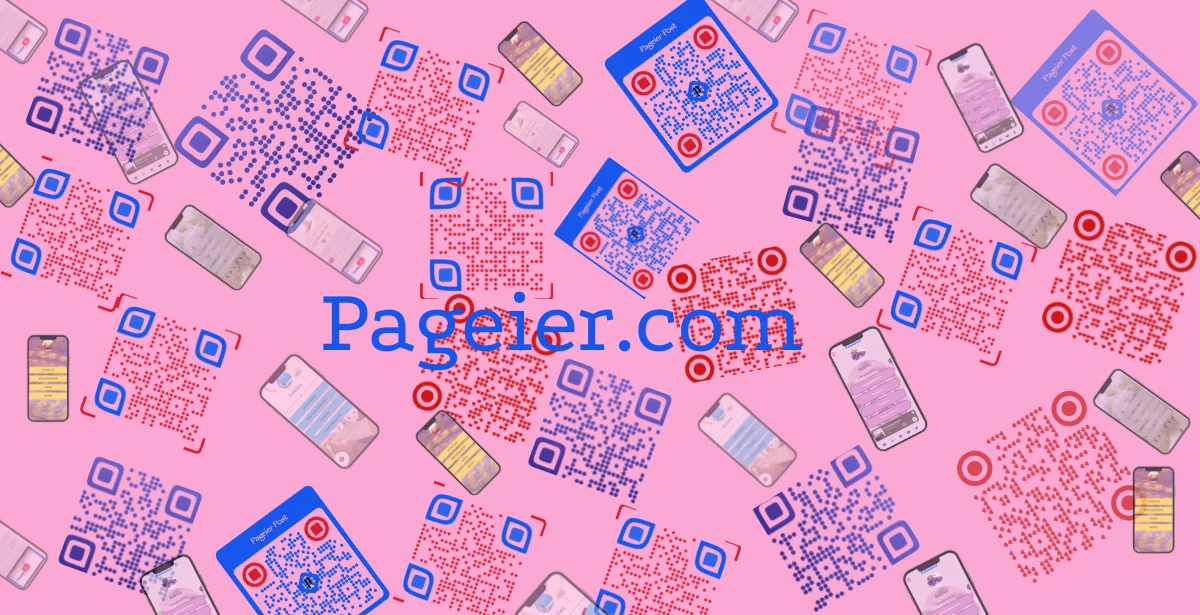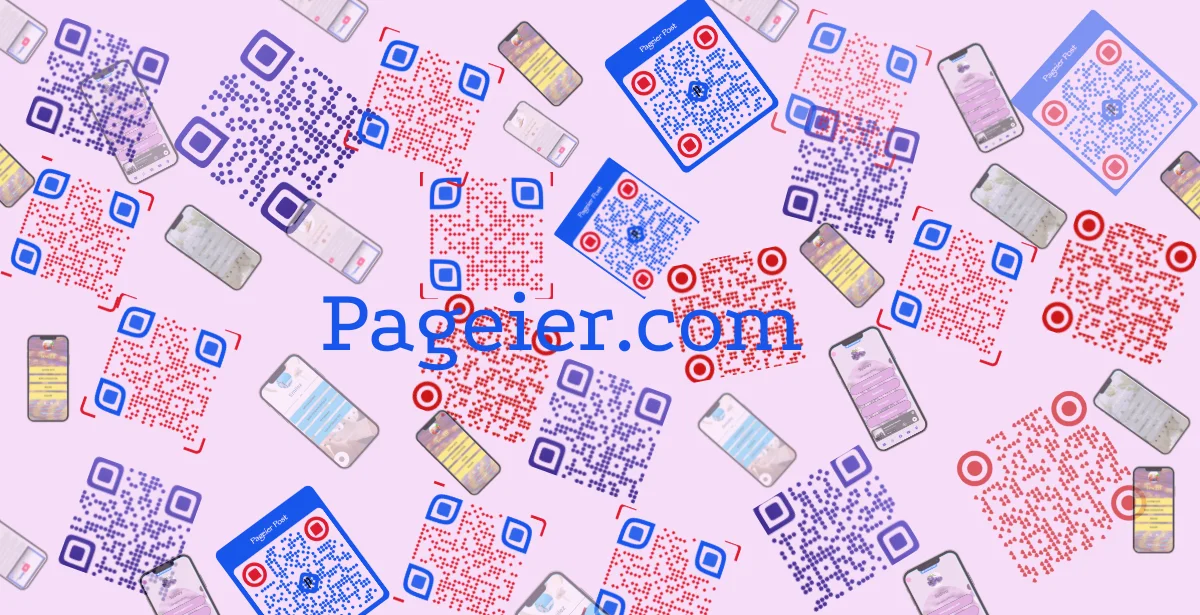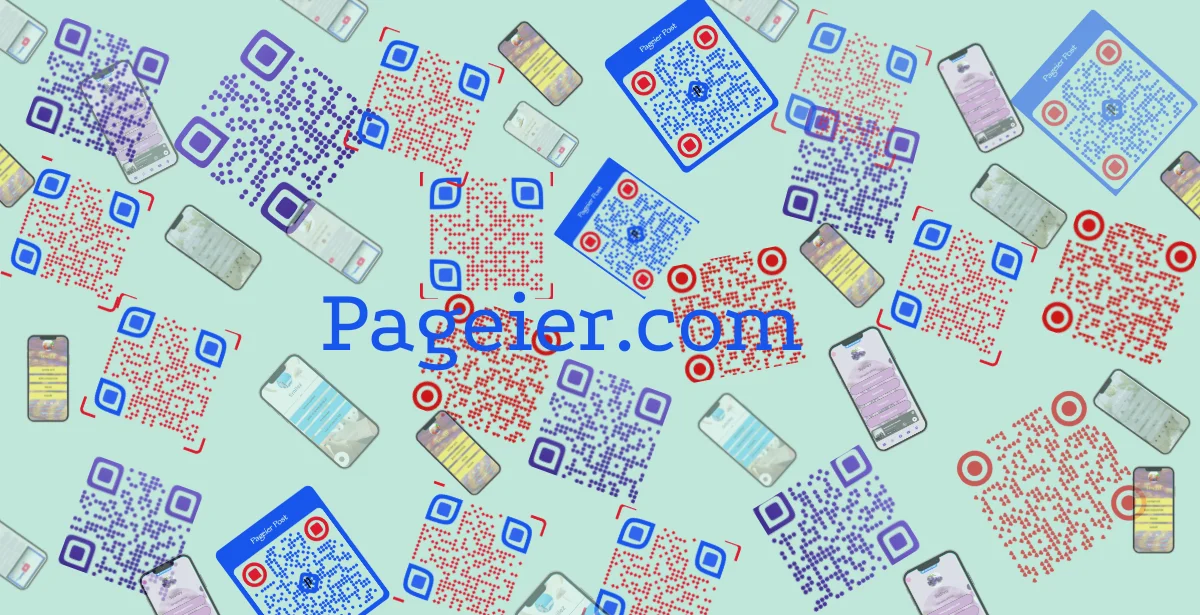
The Potential of QR Codes in Gaming
The gaming industry is on an exhilarating growth trajectory, with projections estimating that by 2030, there will be 3.8 billion gamers worldwide. This staggering number reflects the increasing integration of technology in our daily lives. One innovative tool that stands out in this landscape is QR codes. These codes are not just for marketing; they can revolutionize player interaction by connecting the digital and physical realms of gaming. As I delve into their potential, I can’t help but think,
“QR codes are the bridge between the digital and physical worlds of gaming.”
Seamless Integration of QR Codes
Imagine QR codes embedded within the game’s narrative, perhaps hidden within a treasure chest or displayed on a virtual billboard. This seamless integration can enhance the gaming experience while encouraging players to engage more deeply with the content. Potential placements for QR codes include loading screens, game menus, and even during achievement unlocks. Utilizing FOMO (fear of missing out) can further enhance player interaction, as players will be eager to scan codes that offer exclusive rewards. As I’ve learned,
“Creating moments of excitement is key to player engagement.”
Best Practices for Utilizing QR Codes
To maximize the effectiveness of QR codes, understanding the difference between Dynamic and Static QR codes is essential. Dynamic codes are editable and can redirect to new content, making them incredibly versatile. Additionally, designing QR codes to fit the game’s aesthetic is crucial. They should blend seamlessly into the environment while maintaining scannability. Integrating clear calls-to-action can guide players on what to expect when they scan a code, enhancing their trust and engagement. Remember, “Design is not just what it looks like but how it works.”
Measuring Success: Key Metrics to Monitor
Once QR codes are implemented, measuring their success is vital. Tools like Pageier QR allow for effective scan tracking and analytics. By analyzing total scans, demographics, and player behavior, I can gain insights into the effectiveness of my campaigns. Connecting this data with analytics tools provides a comprehensive overview, helping refine future strategies. After all, “Data is the new gold in digital marketing.”
Innovating Player Engagement Through Feedback
Embedding surveys as QR codes within games can create streamlined feedback channels. This encourages players to share their insights, ultimately leading to future improvements. Building a community through engagement fosters a sense of belonging among players, making them feel valued and heard.
Future Trends in Gaming and QR Codes
As technology continues to evolve, so will the use of QR codes in gaming promotions. It’s essential to stay ahead of trends and consider how community discussions can shape future features. Looking beyond 2030, I anticipate that QR codes will adapt to become even more integrated into the gaming experience. The future of gaming lies in immersive experiences that continue to evolve with technology.
Integrating QR codes into video games can significantly boost player engagement, provide valuable metrics, and foster community interaction—all while enhancing the gaming experience.



